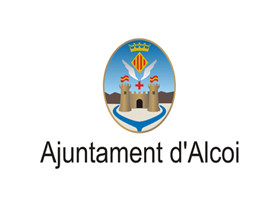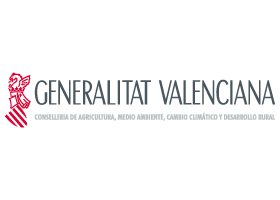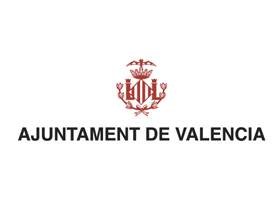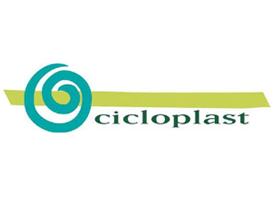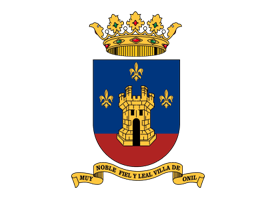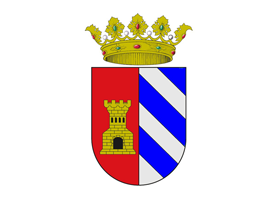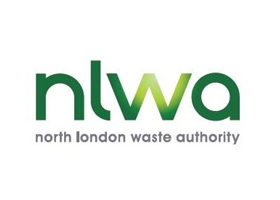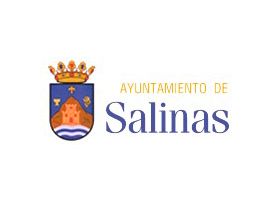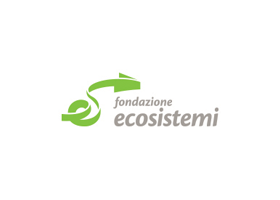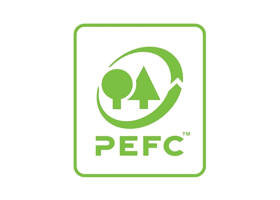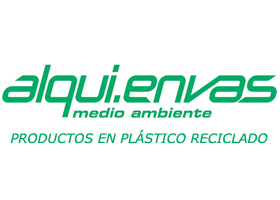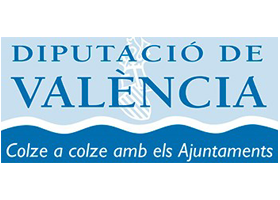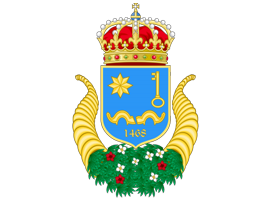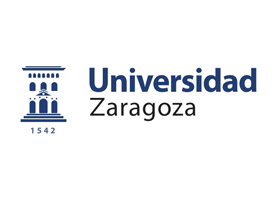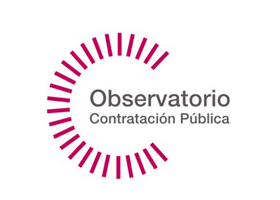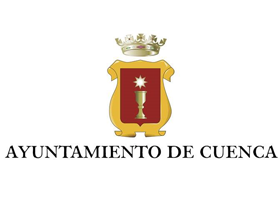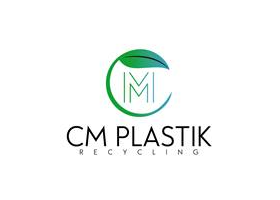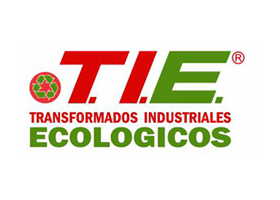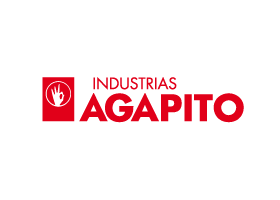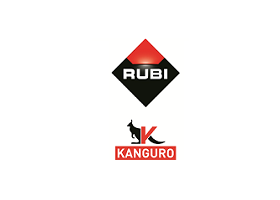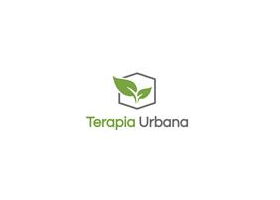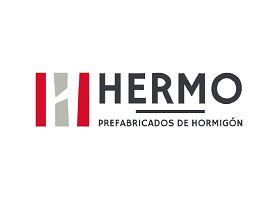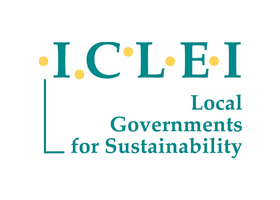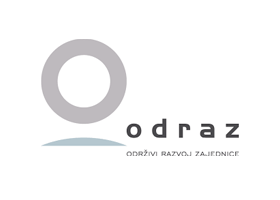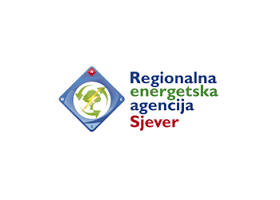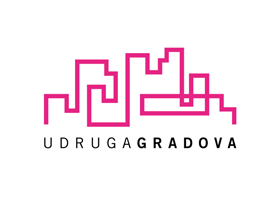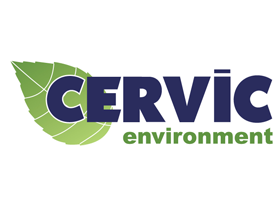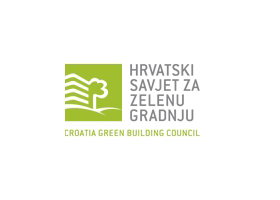In this section, you can access to the latest technical information related to the FUTURE project topic.
Dr Liang Yen Nan (left) and Professor Hu Xiao (right) of NEWRI showcasing their sustainable and innovative technique of converting kale waste into valuable ingredients for health and personal care products. (Source: NTU)
Scientists from Nanyang Technological University, Singapore (NTU Singapore) have developed a new technique to convert kale waste for use in health and personal care products, reducing food waste and emissions.
Millions of tonnes of food and vegetables are discarded globally every year. In the case of leafy vegetables like kale and lettuce, farmers cut off outer leaves as they are harvested, in order to sell perfectly sized and aesthetically pleasing vegetables with no signs of damage or yellowing. This commercial practice results in a significant amount of perfectly good, edible leaves being thrown away. In Singapore, some 817,000 tonnes of food waste were generated in 2021, almost half of which was fruit and vegetables.1
Phytochemicals found in plants are known to prevent damage to cells in the body and are widely used in consumer products. They include health-promoting supplements, like antioxidants and lutein, as well as face scrubs and hair shampoo with kale extracts. Current processes for extracting phytochemicals from kale are energy-intensive, requiring high pressure and temperatures, which contribute additional CO2 emissions to the environment. Moreover, the industrial extraction processes only target a single type of phytochemical each time.
Seeking a more sustainable and efficient method to turn vegetable waste into ?treasure?, the NTU researchers looked to naturally derived natural deep eutectic solvents (NADES) – non-toxic liquids made up of plant-based compounds such as amino acid, sugar, and vegetable oil by-product – for answers. While NADES have long been studied in separation technology for food and pharmaceutical industries, not much is known about their ability to extract different classes of bioactive compounds from vegetable waste.
Focusing on bioactive compounds in kale, the NTU research team explored a range of NADES, mixing them with processed kale waste to observe how molecules reacted to each other. After repeated testing, the researchers established the best NADES solvent for optimal extraction of bioactive compounds. The NTU team found that when the kale waste and NADES mixture is stirred and set aside, it naturally separated into layers, facilitating the easy extraction of the phytochemicals from kale (polyphenols, carotenoids, and chlorophylls) without the need for heating.
Since there is no need to heat or pre-treat the kale waste, for example by freeze drying, the costs of the simpler extraction process are kept down. The NTU research team is confident their newly developed method would be scalable and attractive cost wise to the industry.
Lead author of the study, Professor Hu Xiao from the NTU School of Materials Science and Engineering (MSE) and Programme Director, Sustainable Chemistry & Materials, Nanyang Environment & Water Research Institute (NEWRI), said, ?The use of non-toxic and naturally derived solvents in our method makes it a food-safe technique. At the same time, our method preserves the potency of the extracted active ingredients, making it highly attractive for industry adoption. The extracted nutrients can potentially be used for applications in personal care products, cosmetics, food supplements, and herbal extracts.?
The NTU research team said that their waste-to-resource approach tackles both food waste and reduces emissions, supporting the development of a circular economy with zero waste as outlined in the United Nations Paris Agreement.
The study, which was published in the scientific journal Separation and Purification Technology in July, is aligned with the research pillar of NTU 2025, the University?s five-year strategic plan which aims to leverage innovative research to mitigate human impact on the environment.
NTU?s non-toxic and high yield technique
Established industrial methods to extract beneficial compounds from plants involve the use of harmful chemicals like methanol, which can pose significant health and safety risks. In contrast, the NTU research team approach uses naturally derived NADES which are non-toxic.
The newly developed process involves first blending the kale waste into a paste (or freeze-dried and ground into a powder form). The researchers then mixed the kale paste (or powder) with their specially formulated NADES solvent and stirred it mechanically at room temperature, before filtering the mixture to extract the beneficial compounds. The entire low energy process, unlike current industrial methods that require high heat, is also fast and can be completed within 30 minutes.
Since bioactive nutritional compounds are temperature-sensitive and degrade with heating, the NTU method helps to avoid degradation, said the researchers. In lab experiments, the team found that their approach successfully yielded an extract that was 2.2 times richer in polyphenols, compared to conventional methods using methanol. Moreover, the bioactive phytochemicals remained ?active? after storage at four degrees Celsius for 30 days, displaying excellent shelf-life.
First author Dr Lee Sze Ying, a research fellow at the Environmental Chemistry and Materials Centre at NEWRI at the time of the study, said, ?Our extraction approach is unique because it allows for the simultaneous recovery and separation of multiple valuable compounds from the vegetable waste in a single process without using heat. Moreover, the polyphenol-rich extract remained stable in the extraction solvent, meaning that manufacturers can simply add the extract directly into the formula of their cosmetic products without further processing, reducing production time.?
Co-author Dr Liang Yen Nan, Senior Research Fellow, Environmental Chemistry and Materials Centre at NEWRI, explained, ?Our method essentially manipulates the chemical nature of NADES and other green solvents to maximize the extraction efficiency of the bioactive compounds found in kale. This approach induces simultaneous recovery of multiple phytochemicals from the kale and can easily be adapted for use in other types of vegetable and fruit wastes. Moreover, we have demonstrated that our approach remains viable even if we were to eliminate the energy-intensive freeze-drying of the kale waste, making our technology greener, cheaper, and scalable for industry use.?
Investigating approaches for use in other crop waste
The team has filed a patent in Singapore for the innovation. For their next steps, the researchers are investigating the feasibility of applying their newly developed method to extract beneficial compounds from other types of fruits and vegetables, and medicinal plants like dragon fruit, spinach, and lettuce.
Kale waste for the study was provided by Sustenir Agriculture, a Singapore-based high-tech urban farming company. The kale leaves used for the research did not meet commercial quality standards and were intended to be discarded as waste.
1 https://www.nea.gov.sg/our-services/waste-management/3r-programmes-and-resources/food-waste-management/
Original publication
Paper titled ?Single-step extraction of bioactive compounds from cruciferous vegetable (kale) waste using natural deep eutectic solvents? published in Separation and Purification Technology, 15 July 2023, Volume 317. DOI:10.1016/j.seppur.2023.123677
About Nanyang Technological University, Singapore
A research-intensive public university, Nanyang Technological University, Singapore (NTU Singapore) has 33,000 undergraduate and postgraduate students in the Engineering, Business, Science, Medicine, Humanities, Arts, & Social Sciences, and Graduate colleges.
NTU is also home to world-renowned autonomous institutes ? the National Institute of Education, S Rajaratnam School of International Studies, Earth Observatory of Singapore, and Singapore Centre for Environmental Life Sciences Engineering ? and various leading research centres such as the Nanyang Environment & Water Research Institute (NEWRI) and Energy Research Institute @ NTU (ERI@N).
Under the NTU Smart Campus vision, the University harnesses the power of digital technology and tech-enabled solutions to support better learning and living experiences, the discovery of new knowledge, and the sustainability of resources.
Ranked amongst the world?s top universities, the University?s main campus is also frequently listed among the world?s most beautiful. Known for its sustainability, NTU has achieved 100% Green Mark Platinum certification for all its eligible building
projects. Apart from its main campus, NTU also has a medical campus in Novena, Singapore?s healthcare district.
By loading the video, you agree to YouTube’s privacy policy.
Learn more
Load video
Always unblock YouTube
PGlmcmFtZSB0aXRsZT0iQSBncmVlbiB3YXkgdG8gY29udmVydCB3YXN0ZSBrYWxlIGludG8gaGVhbHRoIGFuZCBwZXJzb25hbCBjYXJlIHByb2R1Y3RzIiB3aWR0aD0iNTAwIiBoZWlnaHQ9IjI4MSIgc3JjPSJodHRwczovL3d3dy55b3V0dWJlLW5vY29va2llLmNvbS9lbWJlZC9PVTItMHRWdmlSST9mZWF0dXJlPW9lbWJlZCIgZnJhbWVib3JkZXI9IjAiIGFsbG93PSJhY2NlbGVyb21ldGVyOyBhdXRvcGxheTsgY2xpcGJvYXJkLXdyaXRlOyBlbmNyeXB0ZWQtbWVkaWE7IGd5cm9zY29wZTsgcGljdHVyZS1pbi1waWN0dXJlOyB3ZWItc2hhcmUiIGFsbG93ZnVsbHNjcmVlbj48L2lmcmFtZT4=

» Author: Marion Kupfer
» Publication Date: 13/09/2023
» More Information
« Go to Technological Watch
